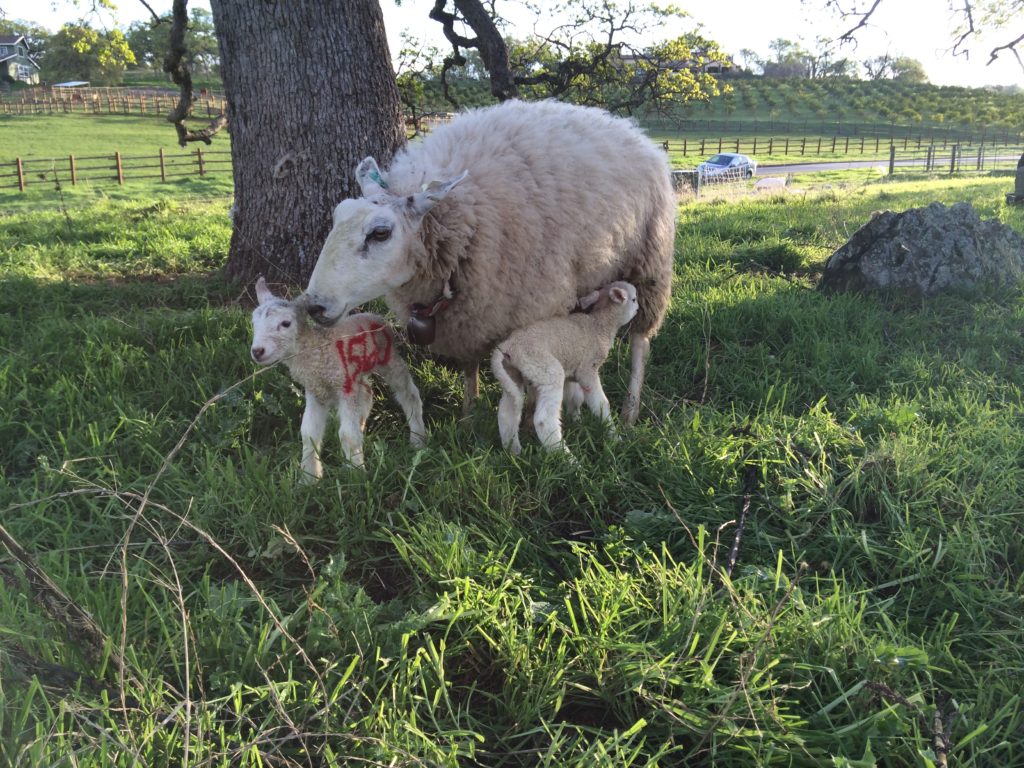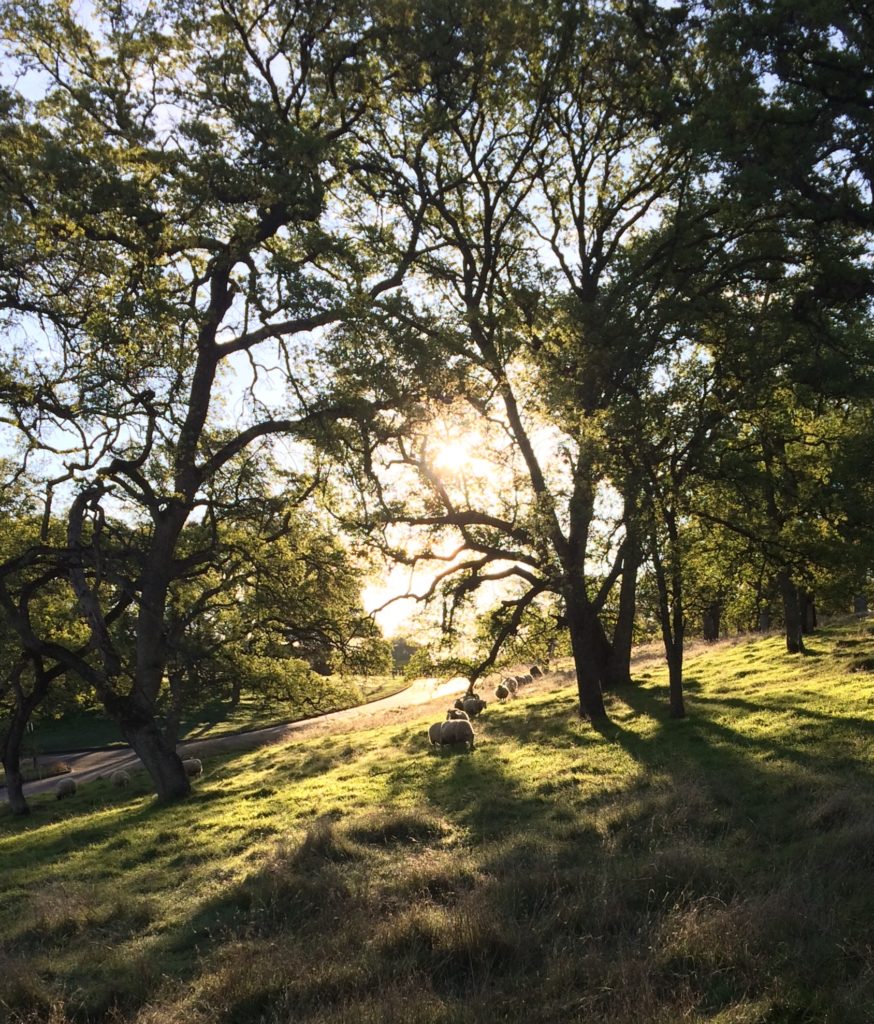Ups and Downs – the Realities of Raising Sheep
Contributed by Dan Macon
When I started taking photos of the day-by-day work of raising sheep, I consciously decided that I’d post photos of the parts of being a shepherd that I enjoy the most – ewes grazing on green grass, my border collies working, new lambs gamboling through the pasture. I also decided that I’d show the hard days, too – the monotony of moving sprinklers in August, the late nights checking sheep, and the death that comes with raising livestock. My intent is to show that producing food and fiber is both intensely satisfying and (at times) incredibly hard work. The first week of our lambing season (which started on February 22 – day 144 of my #sheep365 project) provided examples of the ups and downs of raising sheep.
The year’s first lambs were born on the afternoon of February 22. When I arrived to check the flock the next morning, I found two new sets of twins. All seemed to be fine, but one of the new twins wasn’t doing well by mid-day. We couldn’t get him to nurse on his mother, so we took him home (I’m fortunate to be married to my veterinarian!). Despite our collective best efforts, we couldn’t save the lamb. While I know that losing a lamb like this is part of the reality of my livelihood, I hate when it happens. My friend and fellow shepherd Liz Hubbard wrote this on the night we lost this lamb: “When we reach the point where the death of a lamb doesn’t bother us, we should quite being shepherds.” She’s absolutely right. Some readers, I’m sure, will be confused (or even troubled) by the fact that we raise sheep (in part) to produce meat – and yet I lose sleep because I’m saddened by the death of a day-old lamb. Those of us who farm and ranch do so because we love life and we love the land – and we understand that death is a necessary part of life. This understanding doesn’t make the loss of a newborn lamb any easier, just as the recognition that we get paid by selling our lambs doesn’t diminish the joy we experience in new life.
For me, the upside of raising sheep (during lambing season, especially) is that I get to participate daily in this new life. Last weekend, we assisted in delivering five new lambs (a set of twins and a set of triplets). Yesterday, I arrived for my evening check of the ewes to find a brand new set of quadruplets (unusual for our operation) – all born without help. The feeling of watching these ewes care for their lambs is indescribable (except, perhaps, to other shepherds). When the lambs are about 10 days old, they’ll start chasing each other through the pastures – I could watch them for hours. In many ways, lambing is one of the key points in the year when our sheep give us direct feedback on our management – healthy lambs, healthy ewes and multiple births (that is, twins and triplets) tell us that we’ve done a good job.
Finally, I’ve realized for some time now that the actual work involved in making part of my living by caring for livestock is incomprehensible to most people. Much of this relates to the nature of the work. I get to work outside in an incredibly beautiful environment. I get to experience new life first-hand. I get to take my dogs to work every day! For my non-ranching friends, this sounds like the things they enjoy during their leisure time. Sometimes I think my non-ranching friends assume that my work proceeds at the same leisurely pace. The pressure of making sure lambs and ewes are paired up after moving to a new pasture, or of making sure the sheep have plenty of grass, is outside of their frame of reference.
And so I’m not writing this to seek sympathy for how hard I work or envy for the positive aspects of raising sheep. Sometimes in the 12th hour of a 14-hour day, when I’m checking on the lambs well after dark in a rainstorm, I find it difficult to remember how lucky I truly am to be doing work that I enjoy. I hope my friends will keep reminding me of this!


